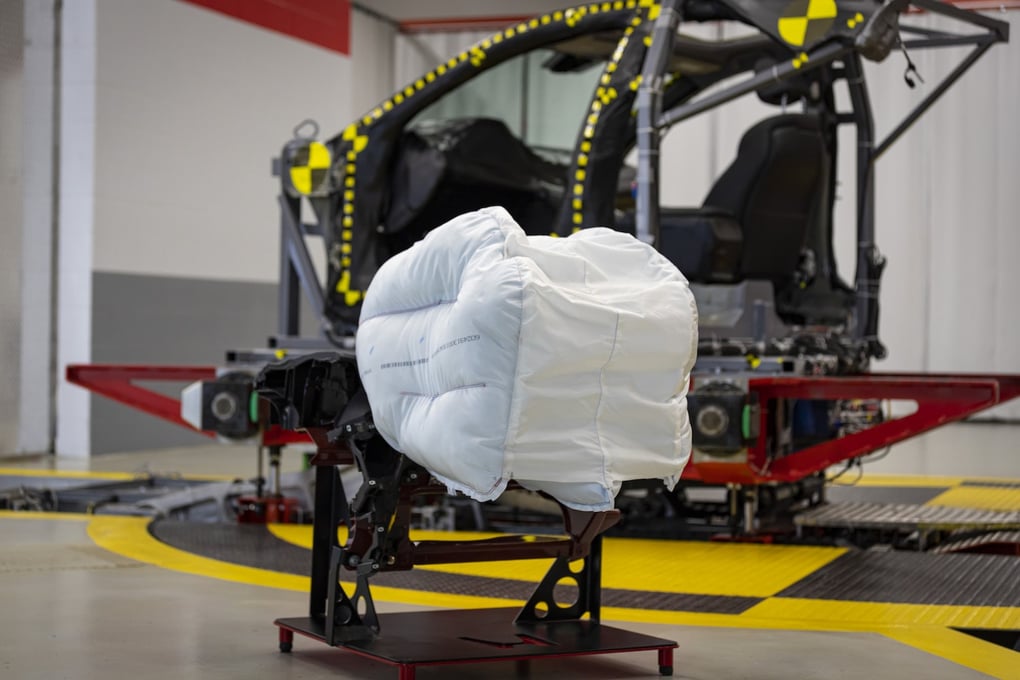Honda will soon introduce new front passenger airbags designed to make occupants safer in the event of a crash. Honda's next-generation airbags, designed by a U.S-led Honda engineering team, will make their way to the lineup beginning in 2020.
U.S.-led Honda Engineering Team
Honda's engineering team at Honda R&D Americas, Inc. in Ohio headed up development and testing of the new advanced airbags. The automaker partnered with Autoliv, one of the company's safety systems suppliers.
Honda says the new airbags are designed to better protect occupants in a wide range of frontal collision scenarios, including angled crashes between vehicles or a vehicle and another object. Honda notes that in 2017, upwards of 37,000 people lost their lives on U.S. roadways as a result of motor vehicle traffic crashes, a slight decrease from the previous two years, according to data from the National Highway Traffic Safety Administration.
"This new airbag technology represents Honda's continuing effort to advance safety performance in a wider variety of crash scenarios and reflects the innovative thinking that our engineers are bringing to the challenge of reducing traffic injuries and fatalities," said Jim Keller, President of Honda R&D Americas, Inc. "Guided by Honda's 'Safety for Everyone' commitment, our engineers recognize that their work on this type of breakthrough safety technology will have far-reaching effects on peoples' lives for many years to come."
 Credit: Honda
Credit: Honda
How the New Airbags Work
Honda says its next-generation airbag is particularly beneficial in angled frontal impacts. In those accidents, lateral collision forces can cause an occupant's head to rotate severely or slide off the airbag, increasing the chance of serious injury.
Unlike conventional airbag systems that rely on a single inflatable compartment, the new system utilizes four major components: three inflated compartments -- a center chamber and two outward-projecting side chambers that create a wide base across the dash -- along with a "sail panel" that stretches between the two side chambers at their outermost edge. Operating something like a baseball catcher's mitt, the sail panel catches and decelerates the occupant's head while also engaging the side chambers, pulling them inward to cradle and protect the head, mitigating the potential for injury.
Honda R&D Americas
This next-generation airbag technology is the result of Honda engineers' study of real-world crash events along with research and testing conducted at the company's advanced safety research center in Raymond, Ohio. Honda says its Ohio safety center is one of the most sophisticated facilities for safety research, development and testing in the world. The center has facilities dedicated to advanced crash simulations, pedestrian safety, collision testing and advanced restraint system development and tuning. Learn more about Honda R&D Americas at Honda's Auto Development Center.
